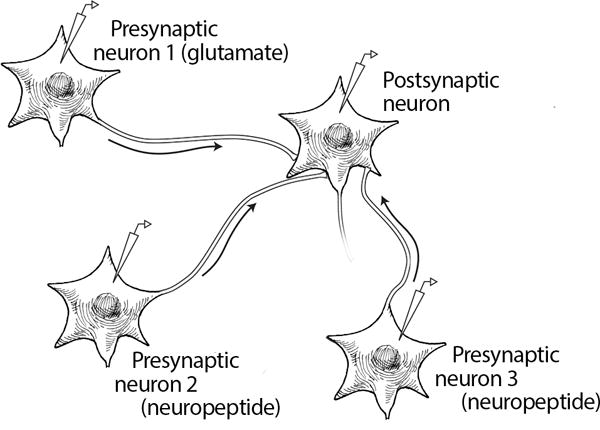Figure 4. Neuromodulation by neuropeptides in the central nervous system.


A) Schematic representation of three neurons (1–3) and a post-synaptic neuron with stimulating and recording electrodes. B) Representation of an action potential triggered in neuron 1, a glutamate releasing neuron, which produces a typical fast excitatory postsynaptic potential (EPSP). C) Representations of two consequences following an action potential triggered in neurons 2 and 3 that release neuropeptides, which produce either a slow onset and long-duration EPSP (top) or does not produce an EPSP (bottom). D) Neuromodulation by prior release or co-release of a neuropeptide and a neurotransmitter. In this scenario, the neuropeptide from neuron 3 has enhanced the EPSP caused by the neurotransmitter from neuron 1. The non-modulated EPSP from neuron 1 alone is shown as a solid line and the EPSP following stimulation of neurons 1 and 3 is shown as the dashed line. A similar enhancement of the EPSP might also be observed following stimulation of neurons 1 and 2 or if a neuropeptide was co-released from the same neuron with a transmitter (not shown).
